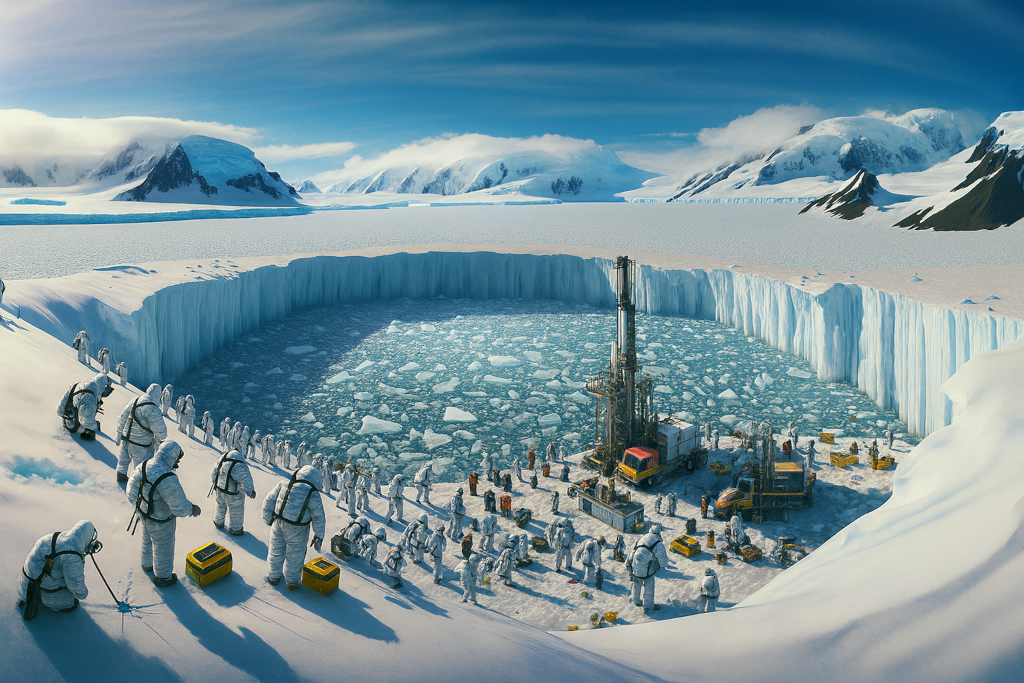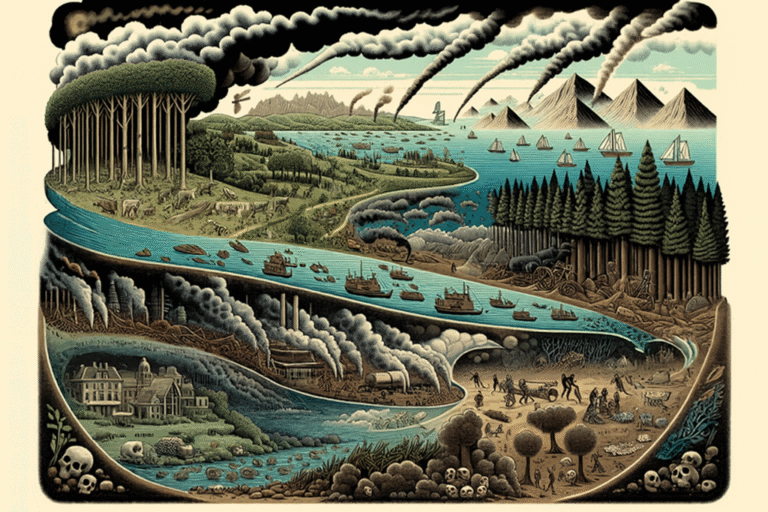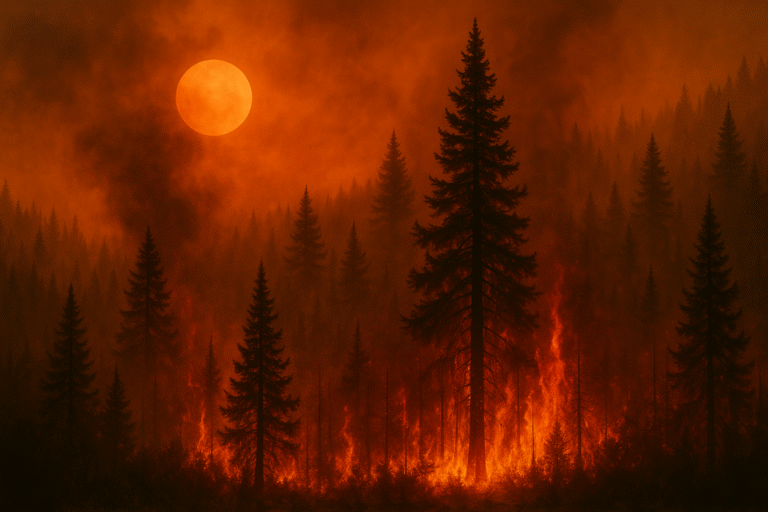Imagine a lake that’s been sealed off from the world for over 15 million years. No sunlight, no fresh air, no outside contact. Just ice, cold water, and… life?
That’s Lake Vostok — one of Earth’s last true frontiers, buried more than two miles beneath Antarctica’s frozen crust.
For decades, scientists have been dying to know what’s down there. But it’s not that simple. The lake lies under 4,000 meters of solid ice, in one of the most extreme environments on the planet.
When researchers finally managed to drill into the ice above Lake Vostok, what they discovered was stranger—and far more controversial—than anyone expected.
A time capsule under the ice
Let’s be clear: no human has ever laid eyes on Lake Vostok’s open water. Every piece of information we have comes from indirect exploration — mostly from “accretion ice.” That’s ice that forms when lake water slowly wells up and freezes onto the bottom of the glacier above.
When scientists studied this accretion ice, they didn’t just find a few microbes. They found an entire ecosystem’s worth of genetic material.
What exactly did they find?
The surprises came fast:
- DNA fragments from familiar microbes — including extremophiles that thrive in high pressure and no light.
- Genetic evidence linking to multicellular organisms, like water fleas (tiny crustaceans) and mollusks.
- Strange sequences resembling parasites were found in fish and shellfish, despite no confirmed fish ever being found in the lake.
In plain English? There are signs that Lake Vostok might host—or once hosted—a range of organisms beyond just single-celled life.
Too good to be true?
Some results were so jaw-dropping that skeptics immediately raised eyebrows. Could some of the “life” detected be contamination from the drilling equipment?
That’s not a paranoid question. According to a 2013 study, some of the claimed bacterial “discoveries” may have actually been introduced by kerosene or antifreeze used during the drill process.
But this is where science gets exciting. Rather than dismissing the findings, researchers doubled down—with newer, cleaner sampling methods and even stricter controls.
A mystery still unfolding
Over the years, scientists at Russia’s Vostok Station, along with international teams, have continued analyzing both ice cores and water samples. In follow-up studies, researchers detected more DNA sequences with marine life similarities—some of which even resemble tiny sea anemones.
But, here’s the kicker: No one has yet found a fully intact organism. Just hints. Clues. Shadows in the ice.
Like trying to solve a puzzle with 90% of the pieces missing.
So what does this tell us?
It proves that even in the most isolated, alien environments on Earth—where it’s dark, freezing, and high-pressure—life might still find a way.
And if life can exist there… what about the hidden oceans under the ice crusts of Jupiter’s Europa or Saturn’s Enceladus? Lake Vostok might not just be a frozen lake. It could be a test drive for what we’ll find out there.
But wait — there’s still more to explore
New robotic probes are being developed to explore subglacial lakes without contamination. These could one day plunge into Vostok’s actual waters, not just its frozen surface.
Until then, the lake remains a scientific enigma — untouched, untamed, and waiting to spill its secrets.
Ready to change the way you think about where life can exist?
Millions of years in isolation. Zero sunlight. And yet, traces of life were revealed in tiny threads of frozen water.
Whether Lake Vostok holds living creatures or just their ancient DNA blueprints, one thing is clear: exploration is far from over. And in the frozen heart of Antarctica, the story is only beginning.




Leave a Comment